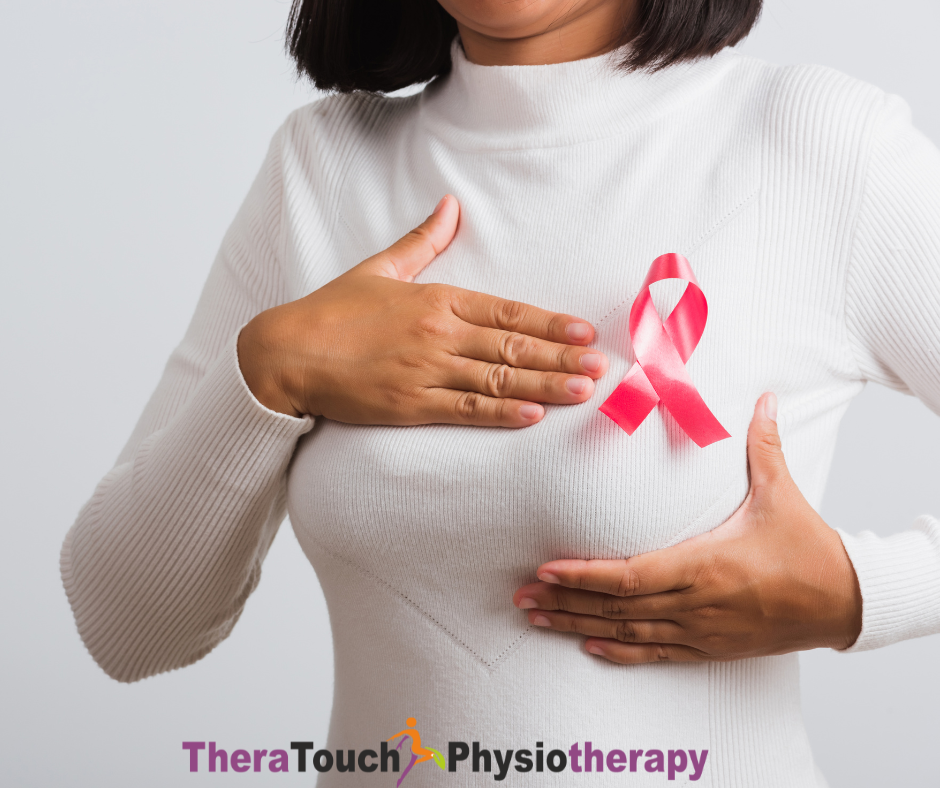Understanding Breast Cancer: Symptoms, Treatment.
October reminds us of the importance of breast health, the impact of breast cancer, and how we can work together to fight it. Breast cancer is the most common cancer among women worldwide, with millions of new cases each year. Despite this, the outlook for breast cancer has improved significantly, thanks to our increased awareness, early detection, and advances in treatment. By understanding the causes, taking preventive steps, and knowing the treatment options, we can all play a part in fighting this disease.
Understanding Breast Cancer: Causes and Risk Factors
Breast cancer happens when cells in the breast begin to grow abnormally. These cells divide faster than healthy cells and form lumps or masses. If left untreated, they can spread to other parts of the body. While the exact cause isn’t fully understood, certain factors can increase the risk.
Genetics can play a big role. If breast cancer runs in your family, particularly in close relatives like your mother or sister, you may be at a higher risk. Mutations in genes like BRCA1 and BRCA2 are also known to increase risk. Hormonal factors are another part of the puzzle. Prolonged exposure to estrogen, whether because you started menstruating early, experienced late menopause, or used hormone replacement therapy, can heighten your chances of developing breast cancer. As we get older, particularly after 50, our risk also rises.
Our lifestyle choices can make a difference, too. Maintaining a healthy weight, staying active, limiting alcohol consumption, and avoiding smoking can all help reduce your risk.
Early Detection: The Key to Successful Treatment
Early detection of breast cancer can be life-saving. When found early, the chances of survival increase, and the treatment options are often broader and less invasive. One of the best tools for early detection is the mammogram. This X-ray of the breast can find lumps that are too small to feel. If you’re over 40 or have a family history of breast cancer, regular screenings are recommended. Along with mammograms, performing regular self-breast exams helps you stay familiar with your body, making it easier to spot any unusual changes.
If you’re in a high-risk group or have dense breast tissue, other methods like ultrasounds or MRIs may also be necessary for detection.
Prevention: Reducing Your Risk
While we can’t always prevent breast cancer, there are ways to reduce the risk. By maintaining a healthy weight and staying active, you can lower your chances of developing breast cancer. Breastfeeding, when possible, also offers protection by reducing hormone exposure over time.
If you have a higher risk due to family history or genetic mutations, you may want to discuss preventive measures like a prophylactic mastectomy with your doctor.
Treatment: A Comprehensive Approach
When breast cancer is diagnosed, treatment often involves a combination of surgery, chemotherapy, radiation therapy, hormone therapy, and targeted therapy. Your treatment plan depends on factors like the stage of the cancer, its location, and your overall health.
Surgeries may include lumpectomies, where only the tumor is removed, or mastectomies, where the entire breast is removed. Chemotherapy uses drugs to kill cancer cells, and radiation therapy targets and destroys any remaining cancer cells. If your cancer is hormone receptor-positive, hormone therapy blocks the body’s natural hormones that help the cancer grow. Targeted therapies, like Herceptin, go after specific proteins on cancer cells, helping to reduce side effects.
The Role of Physiotherapy in Breast Cancer Treatment
In addition to these treatments, physiotherapy plays a critical role in the recovery process. After breast cancer treatments, many survivors face challenges like pain, stiffness, fatigue, and limited movement. Physiotherapy helps you regain strength and mobility while improving your quality of life.
If you’ve had surgery, you may experience stiffness or pain in the shoulder or chest area. A physiotherapist can guide you through exercises that restore movement and build muscle strength. For those experiencing lymphedema—a condition where fluid builds up in the arm after lymph node removal, physiotherapists use techniques like manual lymphatic drainage to reduce swelling and discomfort.
Emotional and Physical Recovery
Breast cancer takes a toll on more than just your body. Emotional recovery is just as important, and physiotherapy offers a space where you can regain confidence in your body. As you build strength and make progress, you’ll also find yourself feeling more empowered and in control of your health.
During Breast Cancer Awareness Month, let’s remember the power of early detection, preventive measures, and treatment options. Let’s also recognize the role of physiotherapy in helping survivors rebuild their strength and confidence. Through collective effort, we can make a difference in the lives of those affected by breast cancer, offering hope and healing at every step.

